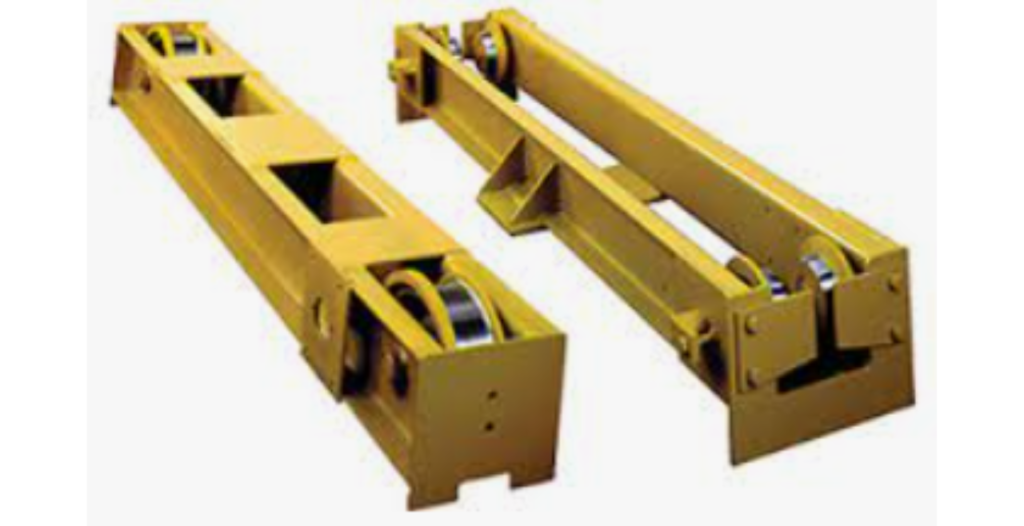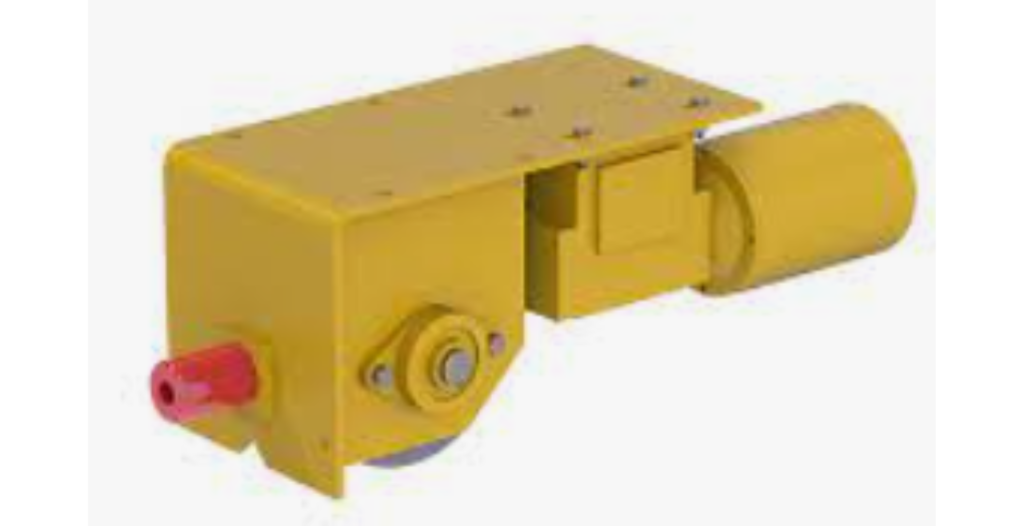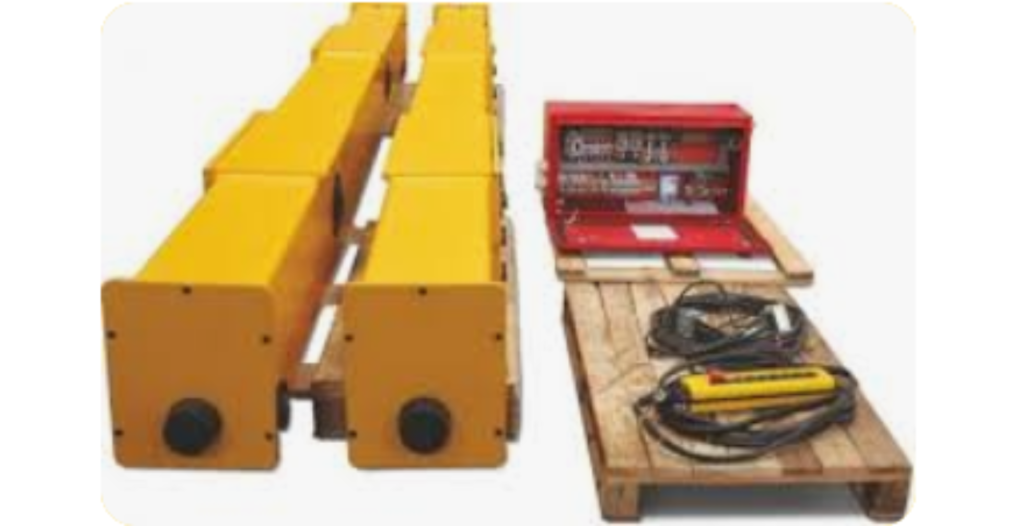CRANES & COMPONENTS TECHNOLOGY & PRODUCTS
| Cranes Kit refers to a set of components and parts that, when assembled, create a functional crane system. These kits are designed to provide a cost-effective solution for companies or individuals looking to build their own crane or customize an existing one. In this detailed overview, we will discuss the key aspects of crane kits, including their working principles, advantages, disadvantages, applications, materials of construction (MOC), and provide a summary. |
| 1. Working Principles: The working principles of a crane kit depend on the type and configuration of the crane being assembled. Common components in a crane kit may include: |
| Structural Components: These include the main crane beam or girder, columns or supports, and trolley rails. The structural components provide the framework for the crane. |
| Hoisting Mechanism: The hoisting mechanism typically consists of an electric or manual winch, rope or cable, and a hook or lifting attachment. It is responsible for lifting and lowering loads. |
| Trolley: The trolley, often mounted on rails, moves horizontally along the crane beam, allowing for precise load positioning. |
| Control System: Crane kits may include control panels, pendant controls, or remote controls for operating the crane safely and efficiently. |

| 2. Advantages: |
| Cost-Effective: Crane kits are generally more affordable than purchasing pre-assembled cranes, making them an attractive option for budget-conscious buyers. |
| Customization: Crane kits provide the flexibility to customize the crane’s specifications, including load capacity, lifting height, and configuration, to meet specific application requirements. |
| Ease of Assembly: While assembly requires technical expertise, crane kits come with detailed instructions, reducing the complexity of installation. |
| Sourcing Flexibility: Buyers have the flexibility to source components locally or from preferred suppliers, potentially reducing shipping costs. |
| 3. Disadvantages: |
| Assembly Expertise: Building a crane from a kit requires technical expertise in structural engineering, electrical systems, and mechanics. This may be challenging for some users. |
| Time-Consuming: Assembly can be time-consuming, and inexperienced builders may take longer to complete the project. |
| Lack of Support: Some crane kit providers may offer limited customer support or warranty coverage compared to established crane manufacturers. |
| Potential Safety Risks: Incorrect assembly or inadequate quality control may lead to safety risks and accidents. |

| 4. Applications: Crane kits can be used in various applications and industries, including: |
| Small Businesses: For material handling in small workshops, warehouses, and manufacturing facilities. |
| DIY Projects: By individuals or hobbyists who require a lifting solution for personal use. |
| Specialized Requirements: In unique or specialized applications where off-the-shelf cranes may not meet specific needs. |
| Temporary Projects: For short-term projects or construction sites where a permanent crane installation is unnecessary. |

| 5. Materials of Construction (MOC): The materials of construction for crane kits vary depending on the type of crane and the kit’s manufacturer. Common materials include: |
| Steel: Steel components provide strength and durability for the crane’s structure. |
| Aluminum: Used in some lightweight crane kits to reduce weight and improve portability. |
| Special Coatings: Some components may have specialized coatings to enhance corrosion resistance. |
| 6. Summary: Crane kits are sets of components that allow users to build their own cranes or customize existing ones. They offer advantages such as cost-effectiveness, customization, ease of assembly, and sourcing flexibility. However, they require technical expertise for assembly, can be time-consuming, may lack comprehensive customer support, and pose potential safety risks if not assembled correctly. Crane kits find applications in small businesses, DIY projects, specialized requirements, and temporary projects, with materials of construction chosen based on specific needs. Users should carefully consider their technical capabilities and safety requirements when opting for a crane kit solution. |


 Sales & Marketing:
Sales & Marketing:  Service Supports:
Service Supports:  Website:
Website: 